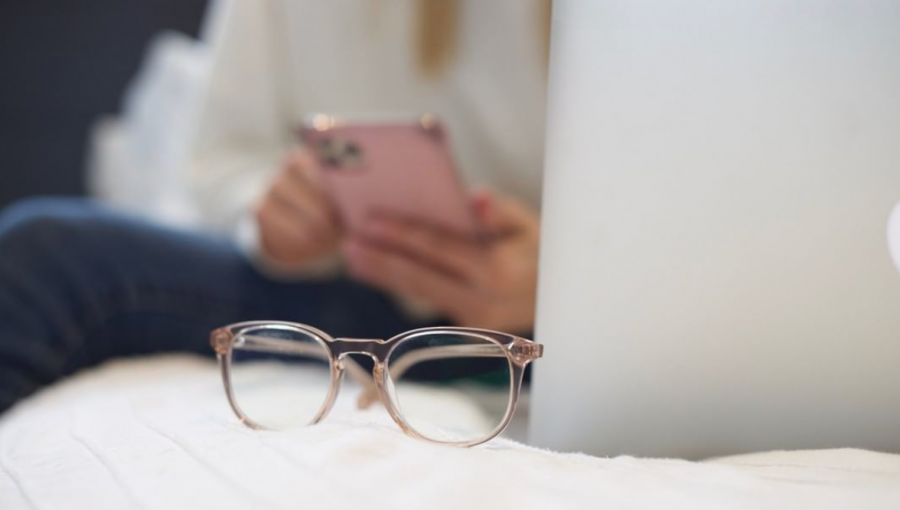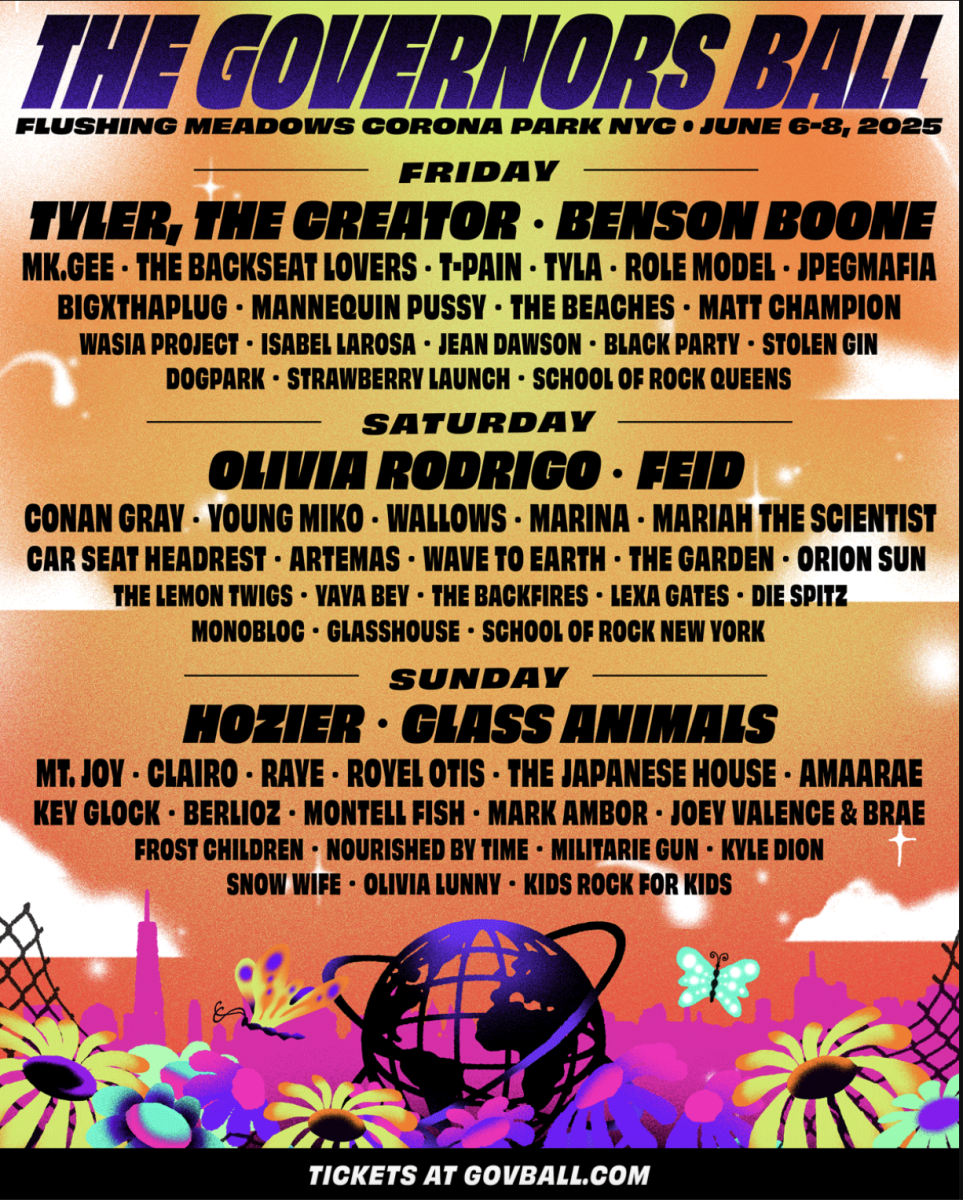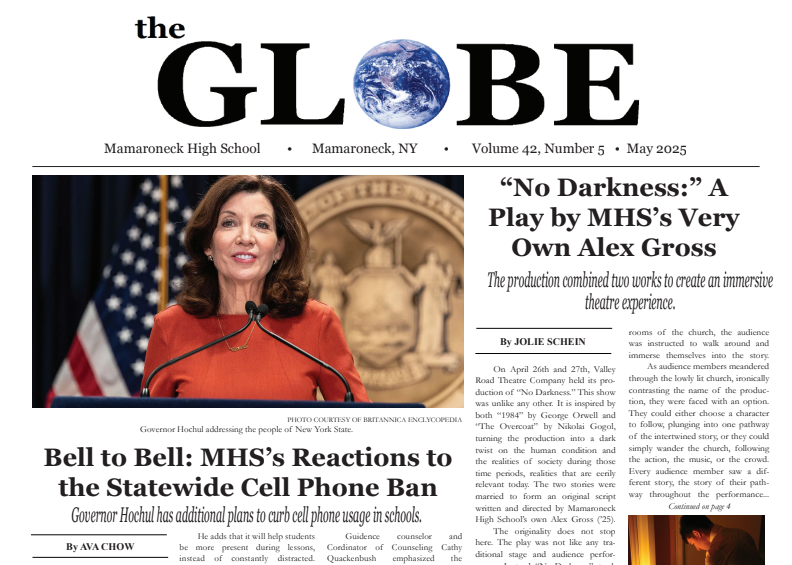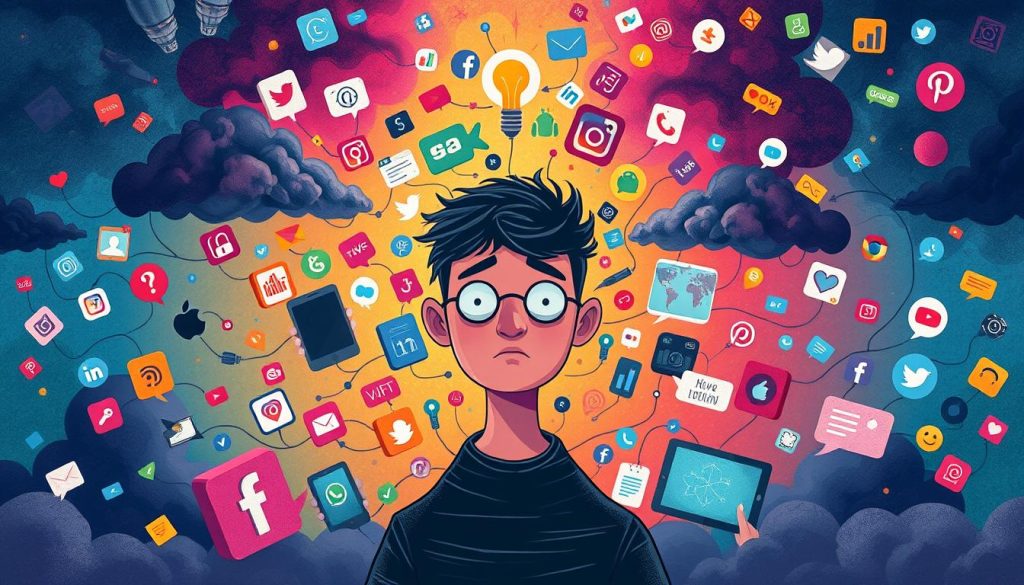Blue Light Glasses: One Size May Not Fit All
Everyone’s talking about them, but how effective are they really?
November 11, 2020
Hybrid learning this year has led to an increased amount of time that students are spending on electronic devices. According to research done by the Mayo Clinic, daily Zoom sessions spent staring at a screen can cause eyestrain and many are turning to blue light glasses. Blue light is a high energy wavelength that is emitted from screens, LED lights, and electronics, as reported by the Harvard Health Letter. Blue light glasses are supposed to block the blue wavelengths that electronic devices emit.
Companies that make these glasses claim blue light causes eyestrain, headaches, and eye fatigue, and that their glasses are the solution, but are they? Since blue light glasses are not regulated by the FDA as a medical device, companies can market the glasses however they please, and there is little research about the glasses to contradict or support them.
Blue light glasses are a newer product, and not many studies showing whether or not they are effective exist. Due to this, whether they work or not is widely disputed. According to the American Academy of Ophthalmology, the glasses are unnecessary and blue light from electronics does not cause eye strain or eye disease. According to the A.A.O., eyestrain is due to increased use of devices, not the blue light emitted from them. The blue light from screens at night however, can disrupt one’s sleep schedule by suppressing melatonin, a sleep inducing hormone, says the Harvard Health Letter. This can be easily prevented without blue light glasses, by avoiding screens before going to bed.
Regardless of whether or not blue light glasses are effective, there is a bigger issue: some of the glasses being sold do not even block blue light. Many of the glasses being sold on Amazon are under $20 and come in a variety of styles, making them appealing to potential buyers. However, while they seem like enticing options, these stylish glasses are not very effective. When tested with online blue light blocking tests, many of these glasses are shown to block out little to none of the blue light. More effective options, such as Warby Parker’s blue light glasses start at $95 and may not be as accessible for everyone. Despite this, many people claim the glasses have helped them. “I definitely have noticed a difference after wearing blue light glasses for a few months,” says junior Isabella O’Shea. “Now I find it easier to fall asleep after looking at a screen, and my eyes don’t feel strained.”
These glasses may be ideal for students who are up late doing homework or on their devices. To reduce eyestrain however, the 20-20-20 rule can help. Every 20 minutes, one should take a break to focus on something 20 feet away for 20 seconds, the A. A. O. recommends this because it “gives your eyes a chance to reset and replenish themselves.” In addition to this, keeping one’s computer an arm’s length away can help to prevent eyestrain.
Are these glasses worth it? Blue light glasses may not reduce eyestrain or headaches, but they could help your sleep schedule. While it is entirely possible the glasses have a placebo effect, what could the harm be in trying them out?






